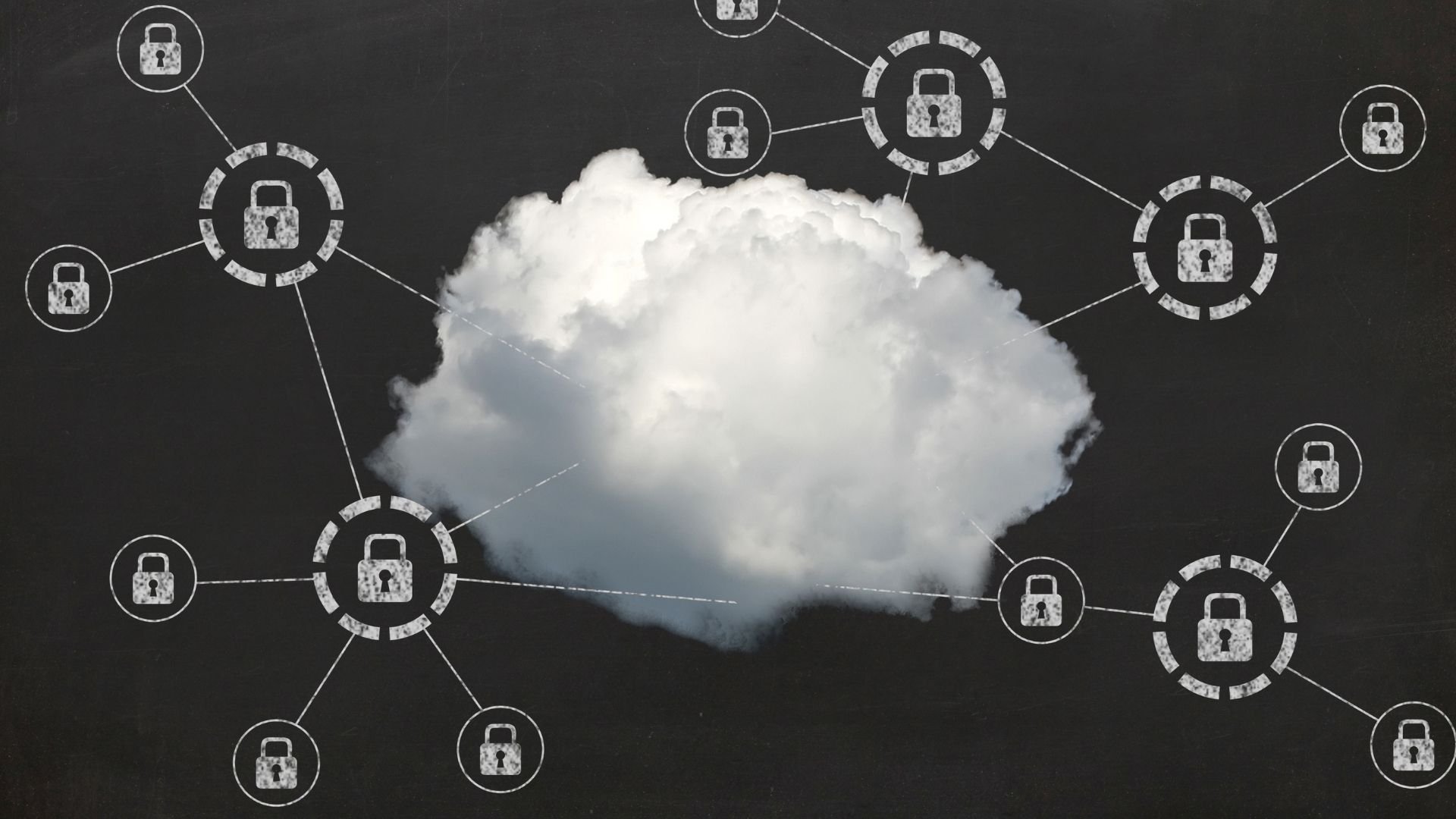
Today’s businesses run on the cloud. The cloud is a grid of servers that store the software, applications, and data crucial to company operations. Multi-cloud simply refers to leveraging two or more cloud services to get the most of every benefit. Below you will find how it all works, how your company can benefit from a multi-cloud strategy, and how you can build and manage a multi-cloud system.

Multi-cloud infrastructure refers to a strategy that many companies use to leverage the benefits from more than one different cloud service provider. Larger organizations often don’t want to rely on just one cloud service to provide for their unique needs across departments. Multi-cloud systems work by supplying two or more public and private clouds to facilitate separate company tasks.
Multi-Cloud systems provide several benefits that single-cloud users won’t be able to take advantage of. Here are some of the main benefits of multi-cloud strategies:
Multi-cloud architecture sounds like a complex term, but it isn’t too difficult to understand. Companies can build plans for a multi-cloud system that combine to form a comprehensive solution for business operations. In addition, multi-cloud architecture creates the blueprint to migrate additional cloud services to provide benefits like re-hosting, offer more throughput to the most used applications, and provide a consistent stream of information and data across all cloud systems.

Multi-cloud strategies are built best with a company’s desired end result in mind. Most companies want the enhanced operations from the best cloud-based solutions. When creating a strategy, create the boxes that you want to be checked for your multi-cloud system. Here are some things that can be a part of your checklist:

Multi-cloud systems offer potential security risks, but they can be mitigated by using security best practices. The responsibility will lie with both your company and each cloud provider in creating an unbreachable cloud layer. Multi-cloud systems present a new security challenge; however, they provide many security benefits as well, with multiple security services and more visibility throughout cloud solutions.
Always remember that security is not something that comes with cloud migration. You must build your own security protections in addition to the canned security protections that cloud providers have. Despite security benefits already present in transferring to the cloud, there are actions to be taken to guarantee optimal protection.
Security means:
Hybrid clouds and multi-clouds are different solutions, although multi-cloud strategies can contain hybrid solutions. Hybrid clouds are simply a combination of public and private cloud systems. And unlike multi-cloud systems, they often work together to facilitate the same task. It’s important to secure and back up data, own a multi-faceted disaster recovery plan, and simply not transport data to the cloud, but rather to rebuild and reorganize while transferring to the cloud which saves time and money in the long term.
Multi-cloud storage solutions work to provide separate data safekeeping for different facets of your business. They can provide tailored storage solutions that are best for each application you need cloud service for.
Storage for any cloud solution needs to be thoughtfully planned out. Instead of taking the managed and organized data as is and moving into the Cloud, it’s recommended that the data is re-architectured before moving, as this is more cost-effective in the long run.

Moving data as-is is expensive because money is going to processors that are idle. Mismanaged IT is not money well spent, but with the correct systems in place, every spend has a strategy behind it. In some cases, clients spend money on a service that they only use for a month but pay for over a year. For efficiency, iuvo Technologies investigates client goals, discovers what’s needed in the cloud, how we can assist in the transfer, what the budget is, what the tools in place are that can be used correctly, and then re-organizes the work in place in order to utilize the cloud properly and save money.
One caveat to cloud storage is that disasters at data centers are possible and can affect any business’ data. Storing your data with multiple cloud service providers ensures that you have a disaster recovery plan in place if one of your data centers is compromised. Multi-could ensures you can build a strong data recovery and a backup plan should you need it. Again, the work and architecture are still up to you to implement, but a multi-cloud environment gives you additional coverage should it be set up correctly.
Clients should still run through the RTO/RPO exercise to determine how long they can be down and how much data they need to be restored to begin working again if they do experience an issue. We work closely with clients moving to the cloud to guarantee they have set up what they need to be successful. This is true for a single or multi-cloud environment.
Benefits of Disaster Recovery:
Disaster preparedness is also a great way to avoid a company’s sensitive data being compromised.
Disaster preparedness best practices:

Managing a multi-cloud strategy means taking a more hands-on approach to identify work priorities, manage costs from multiple providers, and monitoring activity, ROI, and compliance. While these things are common with any cloud strategy, they reach the next level of detail and need attention when you are monitoring for more than one cloud provider. For multi-cloud environments, we want to make sure there is a clear definition of what is stored in either cloud environment so we are not redundant or double-spending.
In addition, we want to make sure that when there is a need to access data across both environments that those mechanisms are set up in a way that allows the environments to work in sync with each other when necessary, and so that employee productivity is not hindered by either environment.
This provides a single point of control and contact for your cloud hosting. These services can accommodate needs like architecture, planning, migration, security, and optimization.
Integrating a multi-cloud solution is often the best choice for enterprises looking to provide customized solutions to their scalability, cost, and app infrastructure needs. As a result, companies can enjoy the benefits of a more robust infrastructure and flexibility while avoiding vendor lock-in.
Yes, Multi-cloud systems can be very safe if they follow security best practices.
Yes, companies will often have several different cloud solutions.
Multi-tenant clouds allow different companies and customers to have access to the same cloud storage and capabilities.
Over 90% of enterprise-level companies are multi-cloud, with at least two cloud solutions.
(BAAS) - Backup as a Service, (RaaS) - Recovery as a Service, (DRaas) - Disaster Recovery as a Service



Elegant, white-glove IT Consulting and Managed Services Provider since 2007.
6 Liberty Square PMB 6217 Boston, MA 02109
(781) 722-3200
Hours of Operation: M-F: 8am-6pm